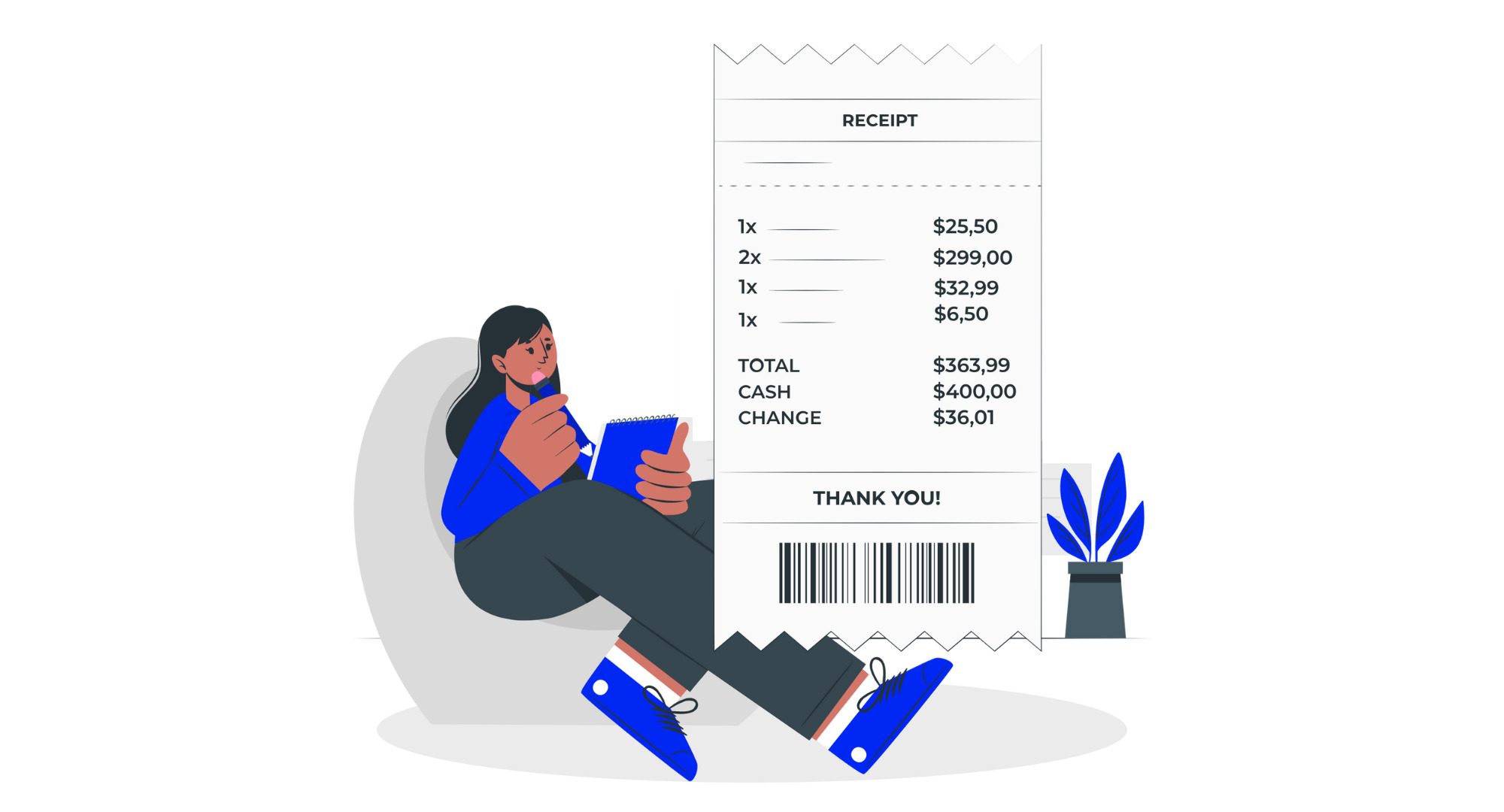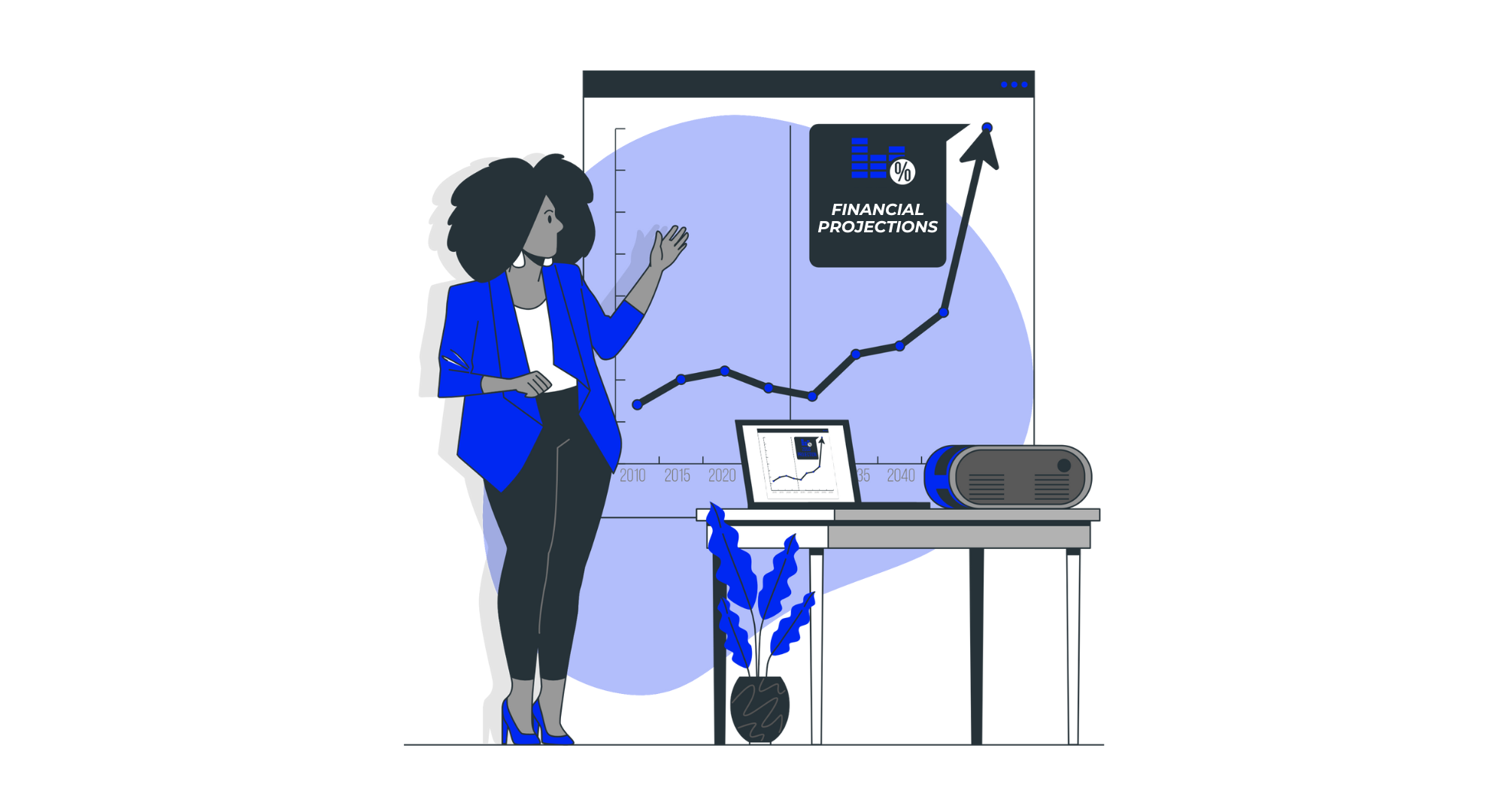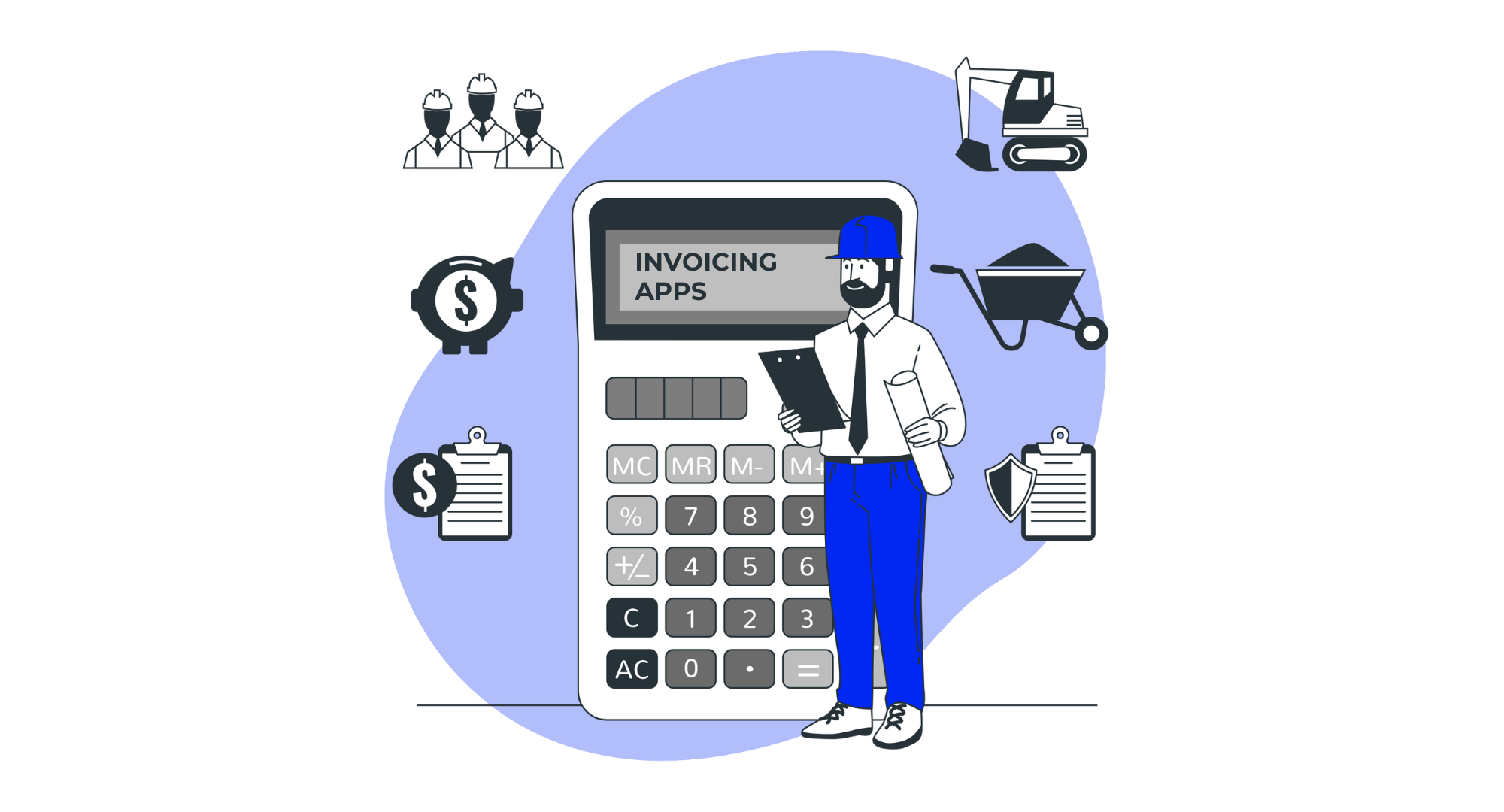
Whatever type of business you run, it makes sense to keep a small supply of cash in the office to deal with the little expenses every business incurs. Known as petty cash, this small fund is often more essential for the smooth running of your business than you might think. However, these cash expenses can very quickly get out of hand if you do not manage them properly. Like all other aspects of your finances, you need to stay on top of your petty cash if you want to remain in control of your spending.
Here’s everything you need to know about petty cash, and the best ways to track your cash expenses to keep them under control.
What is petty cash?
Petty cash is a small cash fund which is kept in your workplace, usually in a locked box, drawer or safe, from where it should never be moved. Your petty cash fund can be anything from $30 to $300 or more, depending on the size and needs of your business, but it is only used for miscellaneous, small purchases which need to be made quickly, saving you the trouble of using your company credit card in instances where it is easier to use cash.
Some examples of typical cash expenses might be:
- Paying for a working lunch for a few colleagues
- Reimbursing an employee for supplies they have purchased
- Paying for a taxi to a meeting
These small expenses are regular occurrences in the day-to-day life of any business, so you will regularly find yourself thankful that petty cash is kept in the office! And there are many important advantages to your business in keeping a supply of petty cash:
- It discourages overspending on small items, as there is only a limited amount of cash available, and people are always inclined to spend less when they actually have to hand over physical money instead of making invisible transactions such as via a credit card or smartphone;
- It means there is always a supply of cash available for office emergencies;
- It makes it more likely that staff will get reimbursed for supplies they pay for out of their own pockets, as they can be paid instantly instead of having to submit expense reports, which they can forget to do;
- It makes bookkeeping easier, as it consolidates multiple purchases into one entry.
However, it is important to set up and manage your petty cash account correctly; otherwise, your finances can quickly get into a mess.
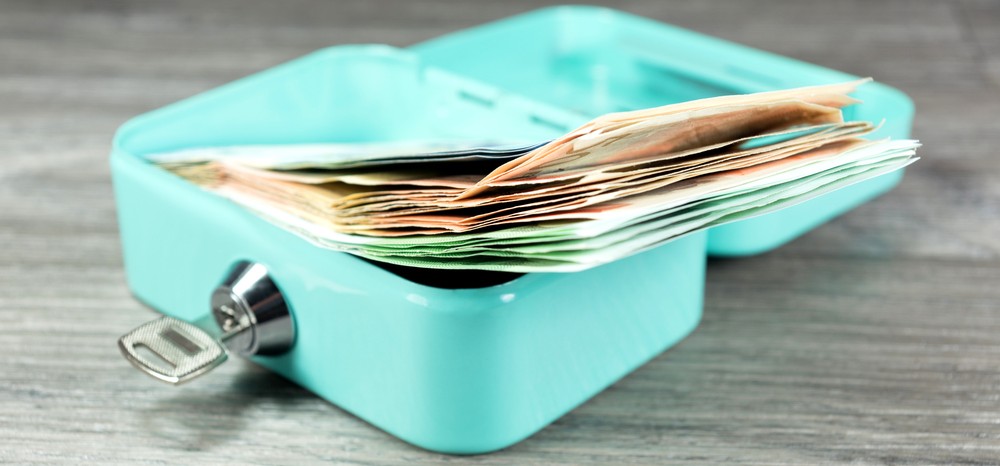
How to set up a petty cash account
There are several stages to this process:
1. Establish your number of petty cash sources
The first thing to determine is how many sources of petty cash you will need. A small business is only likely to need one source of petty cash; but if you are a medium-sized enterprise with various departments or more than one site, it can make sense to have several different petty cash sources so everyone’s cash expenses can be covered quickly and easily.
2. Start your petty cash account
You will need to add a petty cash account to the assets section of your chart of accounts and decide how much money should be in your petty cash float. This will depend entirely on the size of your business and the number of cash expenses you are likely to incur.
You can start your fund by writing a check to “Petty Cash” from your company bank account, and cashing the check. The check should be for the amount you have decided you need as a float. This cash should then be placed in a locked box, drawer or safe in your office, and it should not be moved from this location.
3. Appoint your petty cash custodians
You don’t want everyone in the office to have access to the petty cash fund. Cash thefts from workplaces by employees do sadly happen, and the money will be much easier to trace if fewer people have access to it, should anything go missing. This also creates an atmosphere of less suspicion within your staff team.
Ideally, only two people should have access to the petty cash; or two in each department if you have multiple petty cash sources. One of these custodians should be responsible for replenishing the petty cash float. The other will have responsibility for entering all petty cash transactions into your bookkeeping system. In a small business, one person can take on both responsibilities, but it makes the system more secure if there are two people with separate roles.
4. Devise a company petty cash policy
At this point, it makes sense to devise a company policy for petty cash. This should be put in writing and made available to all employees, so they are clear on their rights and responsibilities. If you want to make sure your petty cash policy covers all the essential issues and is workable within employment law, you can have it checked by a legal or HR advisor before issuing it.
The policy should clearly state points such as:
- Who can issue petty cash and what the responsibilities of these people are;
- Which types and amounts of expenditure can be covered by petty cash, with a clear limit on the amount permissible per transaction;
- Receipts must be provided for every cash expense before anyone can be reimbursed.
This last point is particularly important. Without receipts, it becomes impossible to track your cash expenses, so your petty cash account can fail to balance.
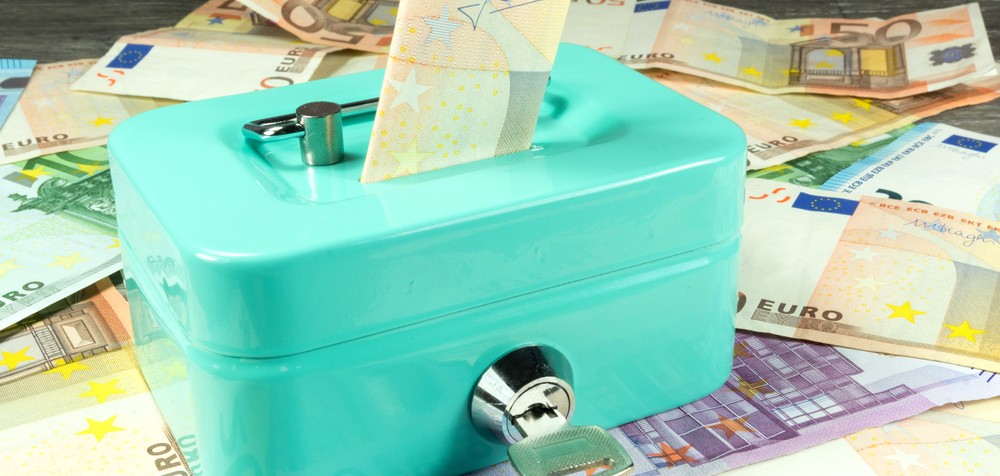
Keeping your petty cash account balanced
The first entry in your petty cash account will be a debit of the amount of your float. This amount should also be entered as a credit into your company bank account.
From here on, every amount of petty cash given out needs to be exchanged for a receipt. The amount of cash plus receipts in your petty cash box should always add up to the amount of the original float.
When the petty cash needs replenishing, all the receipts in the box need to be entered as debits in your expense accounts under their various categories, such as office supplies, refreshments or taxis, for example. Then all the receipts need to be added, and the total amount should be entered as a credit into your petty cash account.
Following this, you can cash a company check made out to “Petty Cash” for the total amount of the receipts. This will bring your float back up to its original level, and the check amounts should be entered as a debit in your petty cash account and a credit in your company bank account.
This replenishment process is an ongoing part of a successful petty cash system, and if your expenses are tracked properly, it will always balance.
Options for tracking cash expenses
The main problem with cash expenses is that they are easily forgotten about, and much harder to track than card expenditure. But if you want to keep your accounting accurate, tracking cash expenses is essential. There are several different ways in which you can do this.
1. A paper system
This is the old-fashioned way of tracking cash expenses. Every petty cash transaction is entered in a ledger, and the totals are added up by hand. Hardly anybody still uses this system, as it is so time-consuming and prone to inaccuracies due to human error. There is also the risk of your accounts getting lost or damaged, which can have a serious impact on your financial reporting and tax returns.
2. Spreadsheets
Many small businesses still use spreadsheets to track their cash expenses. Receipts and petty cash amounts are entered manually into the spreadsheet. You can then use functions and formulas, so the spreadsheet will work out the totals for you.
This is a lot easier and more accurate than a paper system, and it stores your records more securely, but it still involves a lot of manual input, which is extremely time-consuming. It also contains the risk of figures being entered inaccurately, so your petty cash can fail to balance.
3. A simple expense tracker
One of the simplest ways for small- to medium-sized businesses to keep track of their cash expenses is by using expense tracking software. This comes as a feature on some software solutions, including Billdu. Using a system like this has several advantages, as it can scan receipts, so they are automatically entered into your system, making it much easier for you to keep your petty cash balanced.
As most of these software solutions are now cloud-based, it ensures that all your cash transactions are recorded safely and securely in an organized way, so the information can easily be accessed whenever you need it.
4. Accounting software
The top accounting software packages are incredibly sophisticated these days. Programs like FreshBooks, QuickBooks, and Sage are designed for large organizations, so they can automate most of your bookkeeping processes, including the vast majority of your petty cash accounting.
However, these solutions come at a price. To access all the features you need, you usually have to pay a large amount of money every month, putting them out of the reach of most small businesses.
How Billdu can help you track cash expenses
Billdu is designed to make your working life easier by offering simple solutions to the issues that all businesses face. One of these is tracking cash expenses. Billdu offers a simple expense tracker, which includes a receipt scanner so that you can record your cash expenses on-the-go.
What makes Billdu super-convenient is that it is a cloud-based system, but it does not just work on a PC – it also comes with apps for Android and iOS, so you can scan receipts on your smartphone or tablet as soon as you make the transaction. These will then automatically be entered into your system. This cuts down on the chance of receipts getting lost or damaged, and also makes it much easier to work out your cash expense totals, keeping all the information you need highly organized in the cloud.
In addition, Billdu is specifically designed to meet the needs of small- to medium-sized businesses like yours. We keep our prices as low as possible, starting from just $4.99 per month, so even the smallest start-up can enjoy many of the features offered by the much more expensive market leaders.
With a whole host of other innovative features to make running your business easier, as well as our intuitive and user-friendly expense tracker, it’s worth giving Billdu a try to see just how much it can help you out daily. Click the button below to start your FREE trial and discover the many features of Billdu for yourself!






